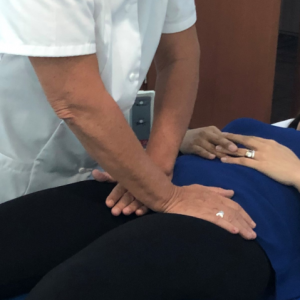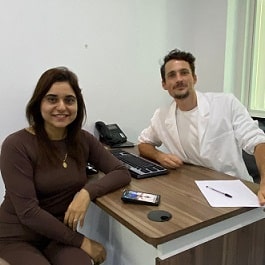Is this your first session ?
What to expect from Your Osteopathic Session
Patients consulting an osteopath are entitled to a high standard of care. As a patient, you should expect your osteopath to:
- Make your care their priority
- Involve you in decisions about your care
- Respect and protect your privacy during the visit
- Treat you with dignity and respect
- Respond promptly to your concerns
- Feel a significant improvement of your condition

The First Step : A Thorough Anamnesis
Listening & Examining:
Osteopathy is a Patient-Centered System of Healthcare. So, the first appointment usually lasts longer than subsequent appointments. Indeed, the osteopath initially proceeds with an Anamnesis . During this time, you will have an open discussion with the practitioner followed by an examination.
An initial discussion with several goals:
The Osteopath tries to Understand Your Symptoms to gain medically relevant information for his further procedure.
In addition, he also wants to make sure to lay the foundation for a good medical Relationship of Trust and Empathy. This is a critical prerequisite for being able to treat you successfully.
So, both should Carefully Listen and Understand each other.
If something is not clear, you are encouraged to Ask Questions. All our practitioner are former lecturers and will explain in simple words. Furthermore, PHHC Osteopathic Center can provide you translation services if needed.
Overall, the osteopathic practitioner will enquire about your problem, your general health and any other medical care you are receiving or medication you are taking. He will confidentially record this in your case notes.
A Preliminary Examination:
Due to the structure of your body and its dynamics, what you are experiencing in one area may be linked to a problem elsewhere. This means that the Osteopath will need to Identify the Root Cause(s) behind your Condition in order to establish an effective treatement plan.
To do so, the osteopath will ask you to remove your shoes & belt and empty your pockets.
He will then invite you to lay down on his table. At this stage, he will choose among the different manual techniques to assess your condition. In general, our osteopaths start their assessment either by the head or the feets using either :
- A soft technique: Using his highly developed sense of touch (called Palpation), he examines your all body’s health.
- A Structural Technique: Using predefined simple movements, stretches & posture analysis
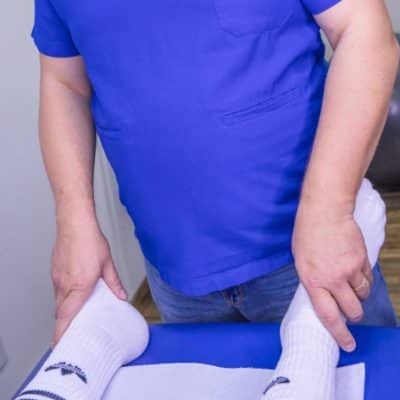
If the practitioner decides to use a Structural Technique, you may be asked to remove some of your clothing.So…
If you are uncomfortable about this, please mention it to your osteopath, he will then only use a soft technique.
(Privacy to undress is provided, as well as a unique use gown or towel at your convenience. Additionally, you can ask a friend or relative to accompany you during all your treatment).
Through these two steps (Discussion and Examination), the Osteopath also checks for any signs of any other underlying conditions you may not be aware of. He will inform you about it and, If he can not treat it, he will advise you. (and you won’t be charged).
Further, he will either recommend you to see your General Practitioner or go to hospital. All PHHC Osteopaths will provide you a referral letter explaining what they believe the problem to be.
The Second Step : An Enlighted & Mutual Consent
Diagnostic & Treatment Plan
Once the osteopath has finished his assessment of your condition, he will provide you his diagnosis and his treatment plan. At this stage, our practitioner should:

- Give you a clear explanation of what he has found (his diagnosis) in words you can understand.
- Discuss the treatment plan that is the most suitable for you (which can include lifestyle changes).
- Explain the benefits and risks of the recommended treatment.
Therefore, it is essential that you understand and agree on :
❑ What the treatment can achieve and what outcome(s) you can expect.
❑ The lenght of the treatment, its cost and related life changes (if any)
❑ Your commitment to the treatment to ensure noticeable results
The Third Step : Restoring your Body's Holitistic Balance
The Osteopathic Manipulation (OMT)
Your osteopath should explain what he is doing and always ask your permission before treating you (the mutual consent).
The osteopathic manipulation can take various forms according to the technique used. It can be :
- Quite Dynamic when requiring movements and stretch like gestures – Biodynamic Osteopathy.
- Somehow Physical especially when getting cracked all around – Structural Osteopathy.
- Extremely Relaxing when getting the feeling of being pampered – Soft, Cranial, 4 Hands & Visceral Osteopathy
- Relatively Painful when addressing your Myofascial Muscles – Muscular Osteopathy
- Definitly Amusing & Entertaining when your kid laughts (or cries) – Baby Osteopathy
Ask questions at any time, if you are unsure of what you have been told or if you have any concerns.
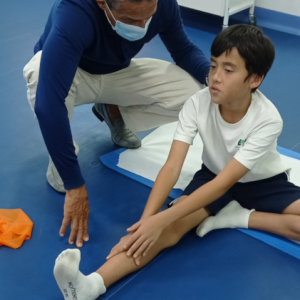
Quite Dynamic

Extremely Relaxing
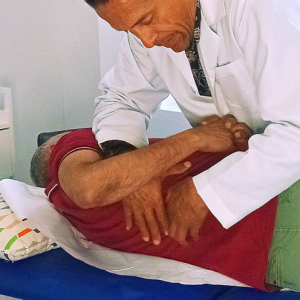
Somehow Physical
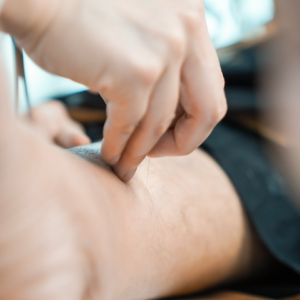
Relatively Painful
